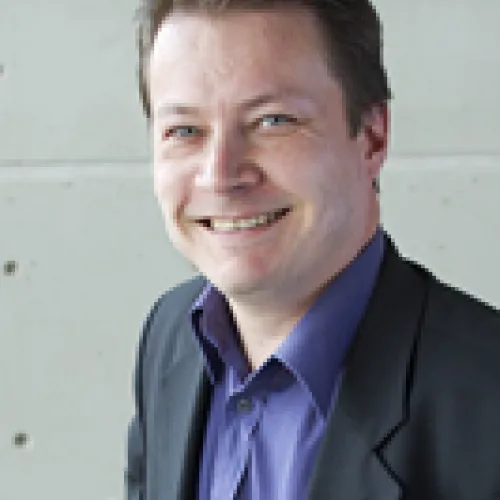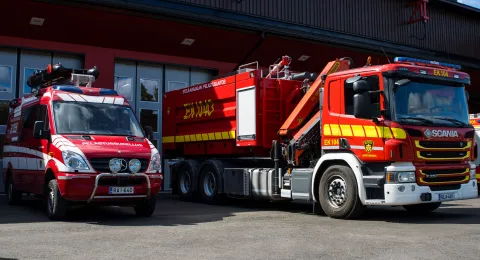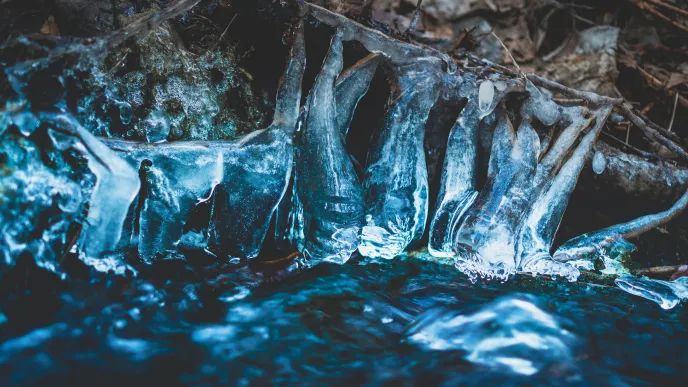An artificial intelligence model developed by LUT University's researchers helps pinpoint the most useful locations for rescue and emergency medical care units in South Karelia. The modelling tool is the first of its kind for rescue services in Finland.
A model of the local rescue department's response times has been created by combining different types of data, such as actual response times of rescue departments, map data, and data from public registers, and by utilising machine learning.
“It will help us determine the critical locations where older adults living at home most need support,” says Mika Immonen, associate professor at LUT Business School.
AI-based modelling enables the flexible utilisation of different data resources and proactive testing of service network efficiency. It helps test how many minutes it takes for rescue services from a given location to arrive at their destination and thus optimise the locations of rescue departments.
“The AI model is taught to calculate response times using data on building locations, routes, and the built environment,” Immonen explains.
Risks of living at home: the big picture
LUT's researchers analysed the available data and identified high-risk groups for rescue services.
Groups at risk include especially older adults living at home who may fall down or suffer from memory disorders. For them, changes in daily routines may be indicators of a negative safety and well-being trend that is a precursor to future accidents.
“Data helps establish what events have led to accidents at home and who are at risk. The information is valuable in accident prevention and rescue specialist training,” says Jouni Koivuniemi, associate professor at LUT.
The population of South Karelia is ageing dramatically. The region is vast and sparsely populated, and distances are long. This poses an unprecedented challenge for the rescue department.
“Elderly care services have previously been provided mainly in care facilities, but today, services are increasingly brought to people’s homes. This shift requires the ability to assess and anticipate safety issues in individual homes scattered around the region,” says Heidi Huuskonen, project manager at the Rescue Department of South Karelia.
For rescue services, the only realistic way to respond to the change is to increase information exchange and collaboration between the social services and health care sector and other actors in the network, such as organizations.
Growing importance of smart technologies
Smart technologies at home and in hospitals are a growing industry. The building technology company Caverion was enlisted to consult for the project in technological matters, including fall detection through camera analysis or smart locks that alert health care services when people leave their home at night.
“In the future, people will increasingly receive in-home services, and care will take place at home. The aim is to achieve assisted living through technological solutions that support information transfer between the home and the social services and health care provider,” assesses Kaisa Korkala, head of marketing and communications at Caverion.
The safety and risks of living at home were examined in the KAT3 project. It aimed to establish an overall picture of significant risks related to living at home and incorporate the information into the development of a collaborative network model.
The project was carried out by LUT, the Rescue Department of South Karelia, the South Karelia hospital district Eksote, and the Emergency Services Academy Finland. The primary sponsor of the project was the Fire Protection Fund.
Photo: Rescue Department of South Karelia
More information:







